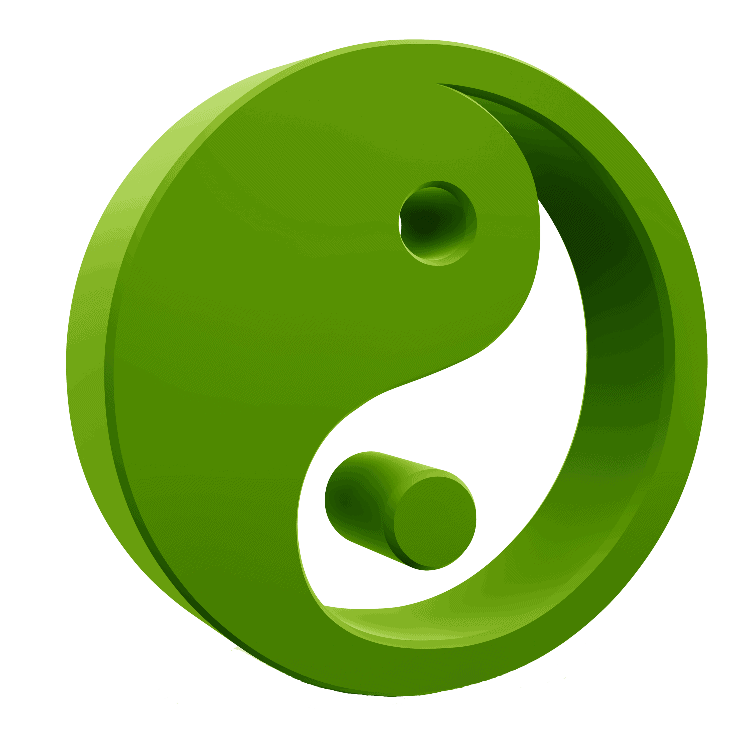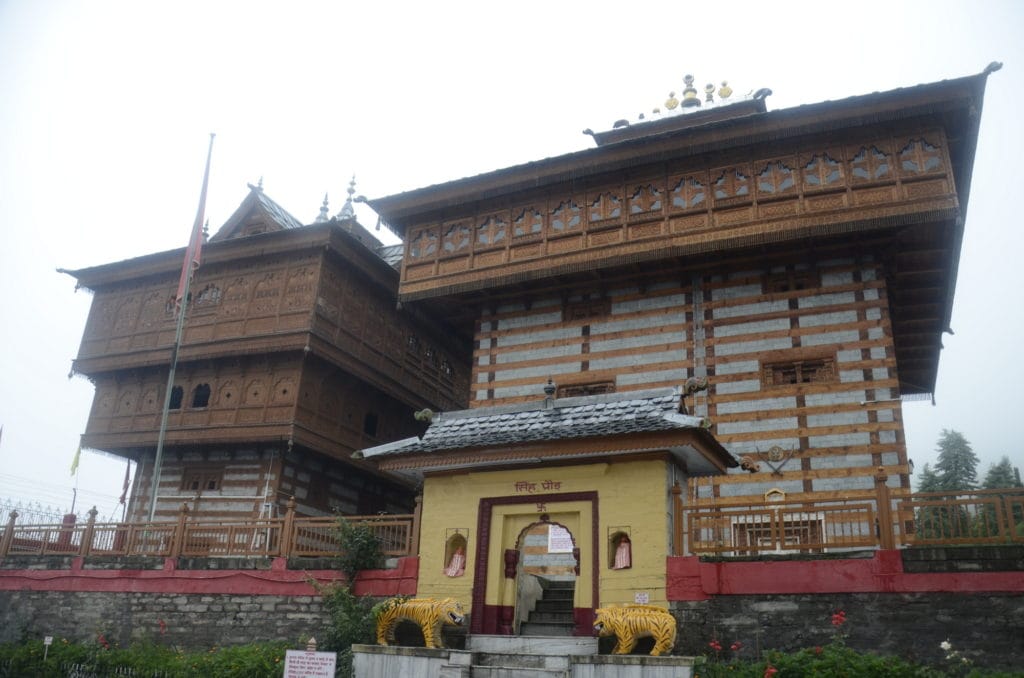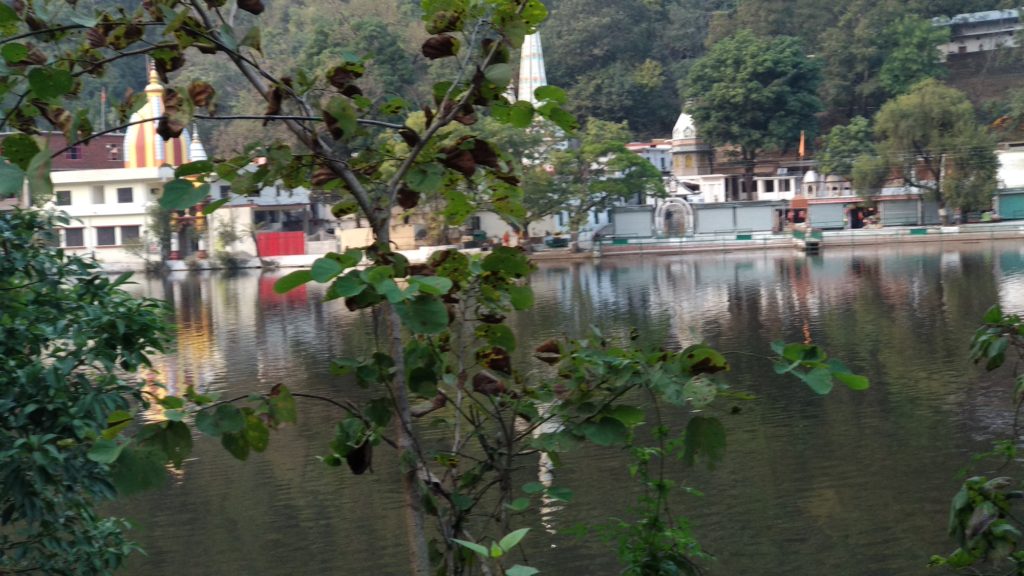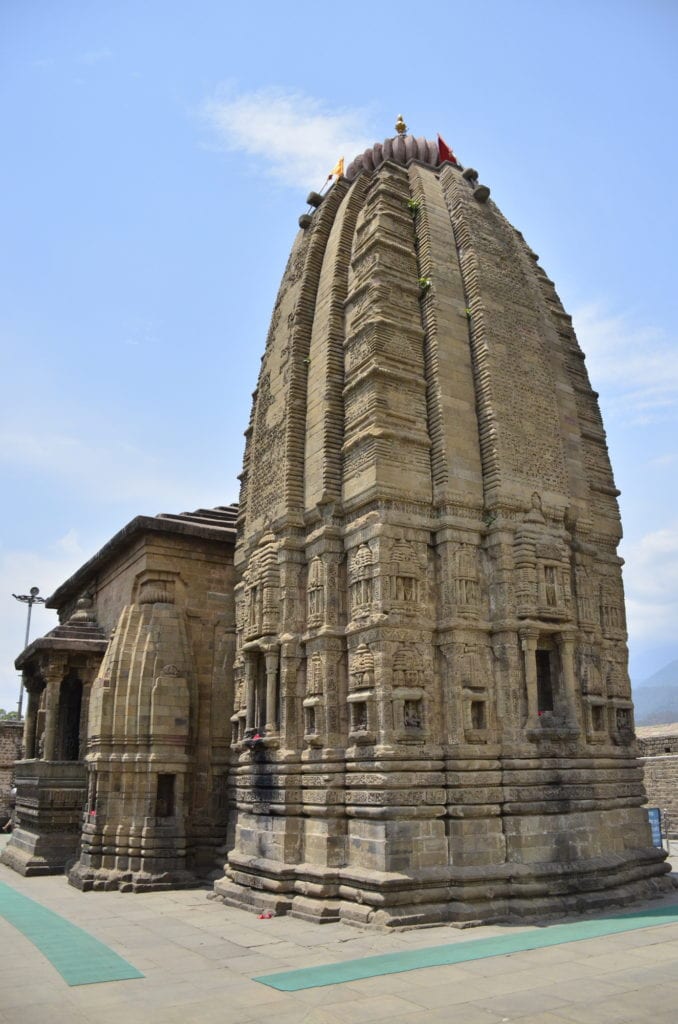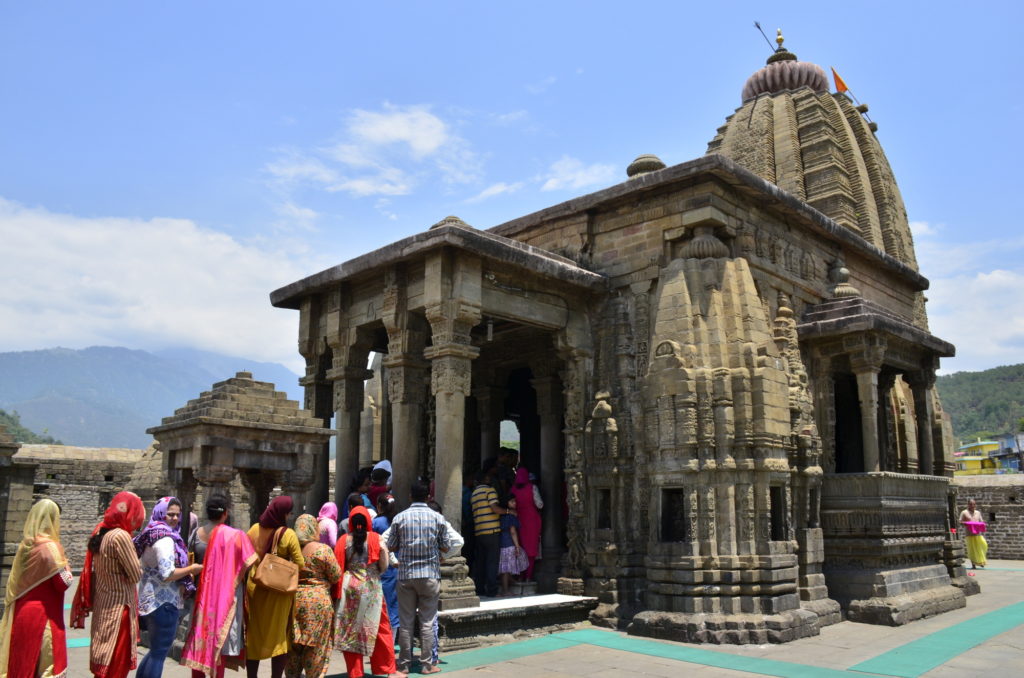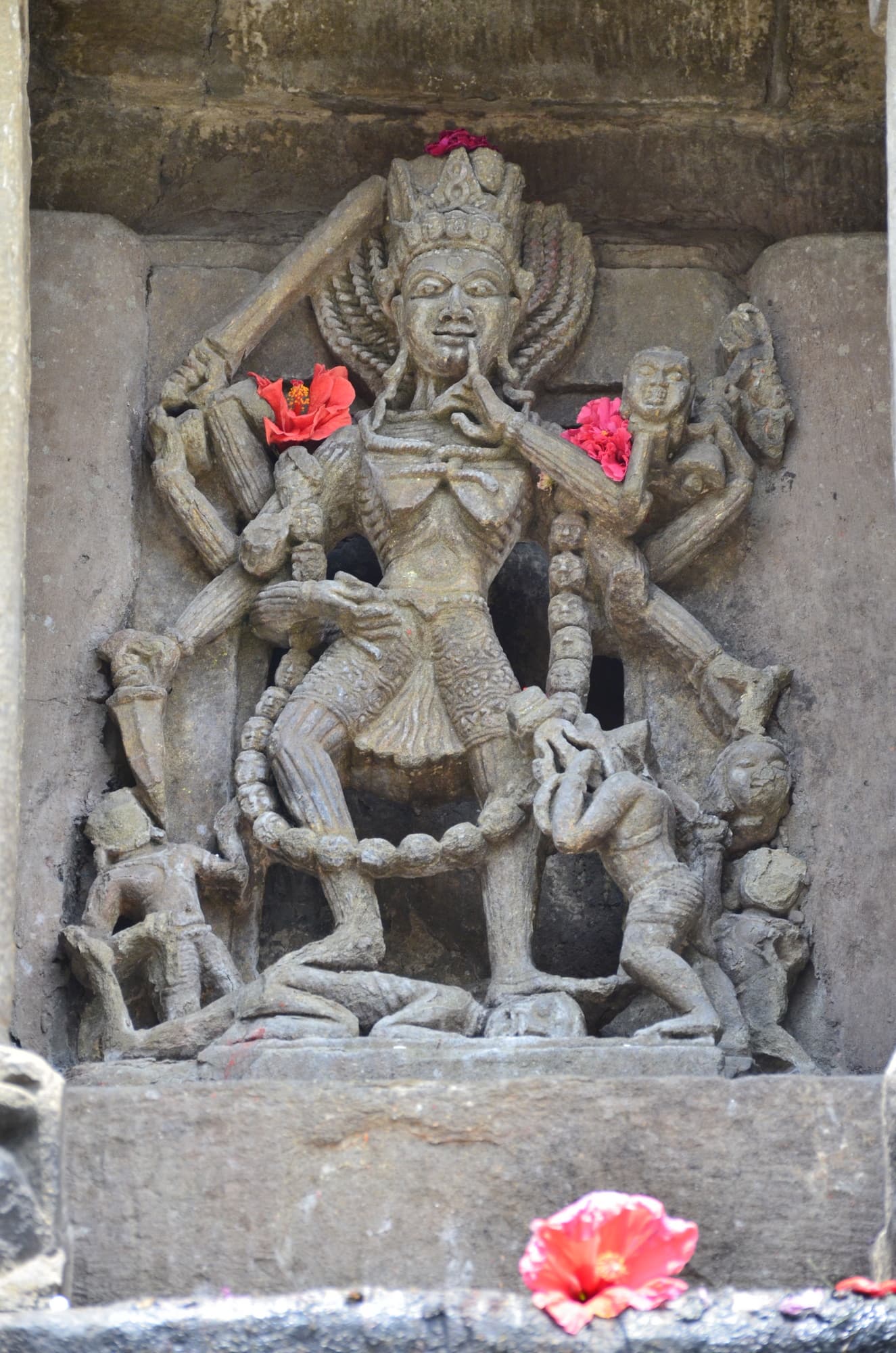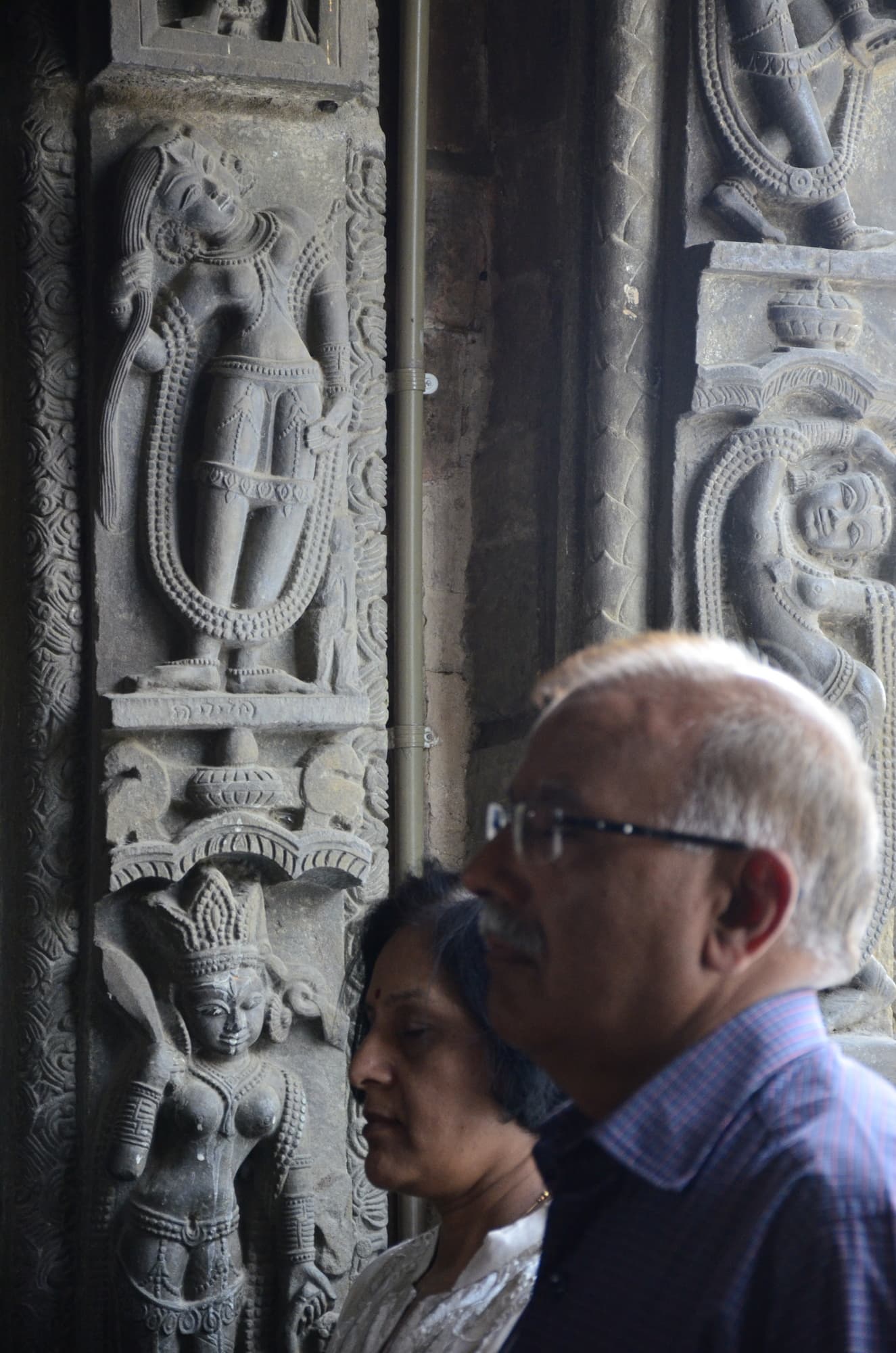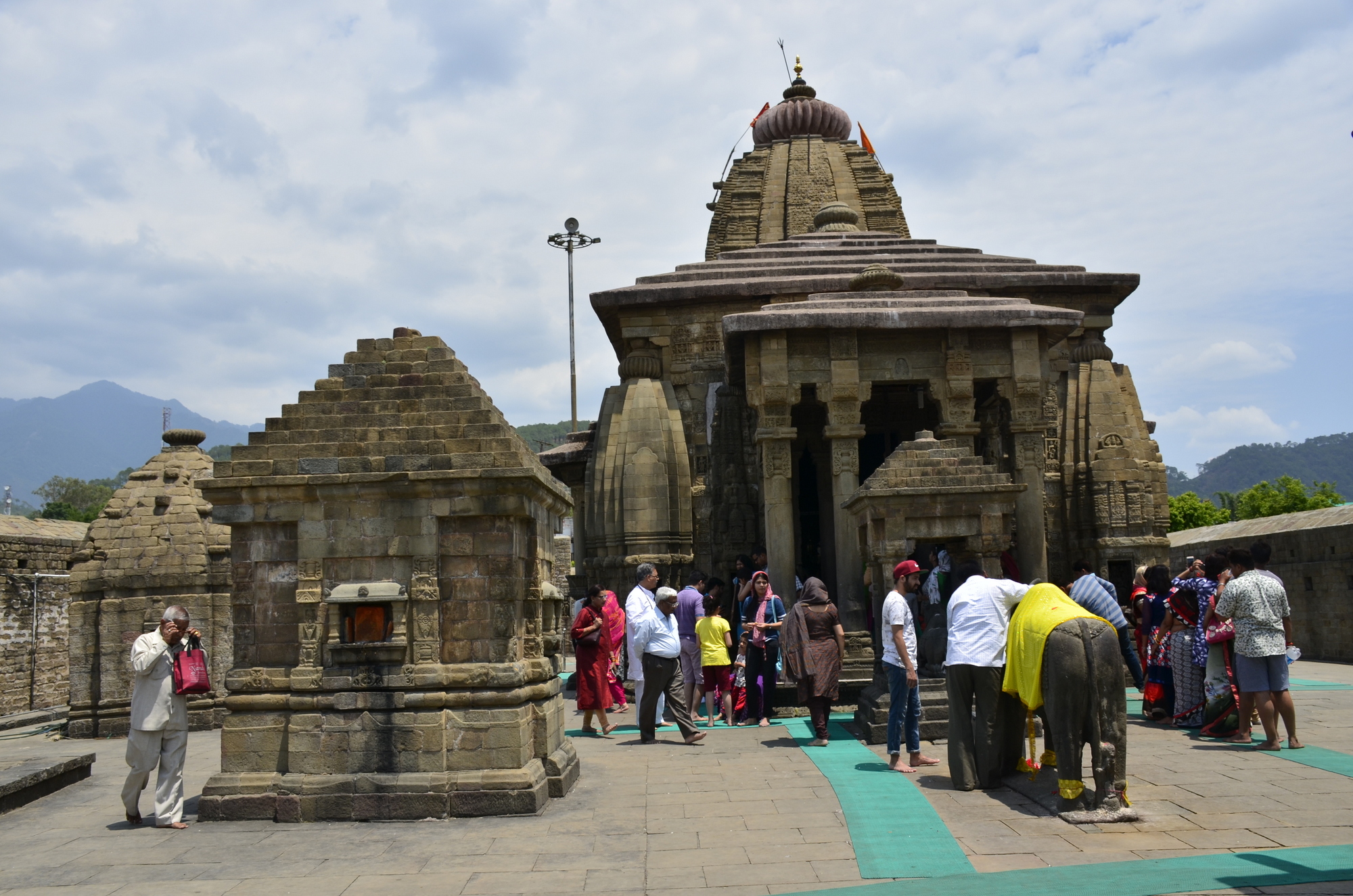Samatva
Byte Sized Travel Stories
people, places and stories.
nothing else.
just the trivial things.......
that make travel interesting....
and memorable
- All (75)
- Footsteps of Rama (3)
- Himachal (16)
- Quiz (0)
- Temples (16)
Resilience
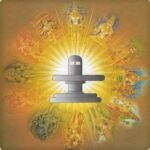
Focus

Will Power

Olympics
Elementor #6683
Manifestations of Shiva

Republican Traditions

The Variety of Sankranti

Surya, A Solstice Quiz
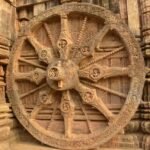
Gurudwaras – Legends and Locations
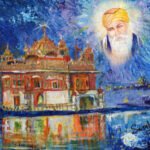
Gurudwaras – Legends and Locations

Temp Quiz Page


One of her kind, Bhimkali at Sarahan
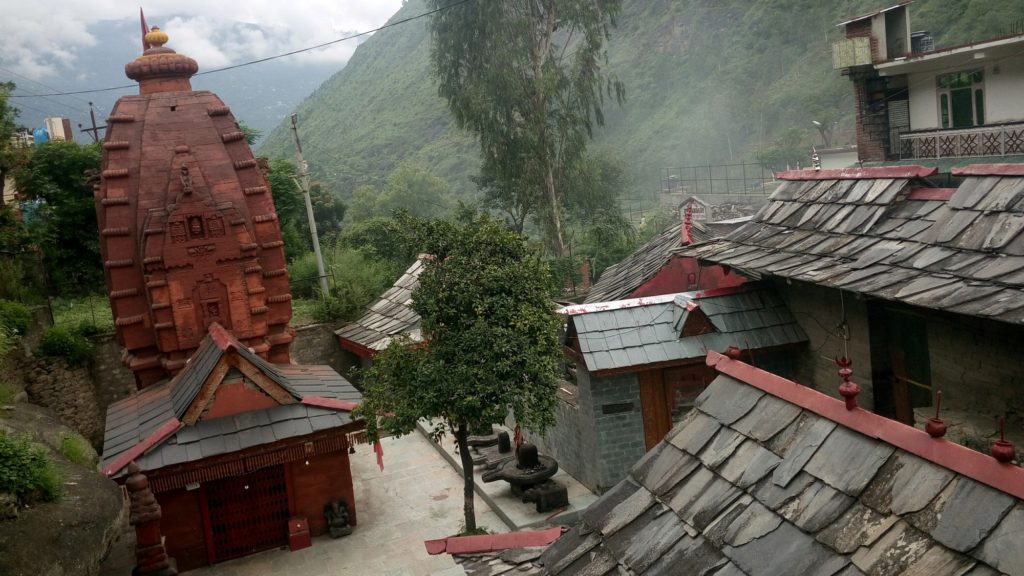
Sun Temple of Sutlej Valley, Nirath
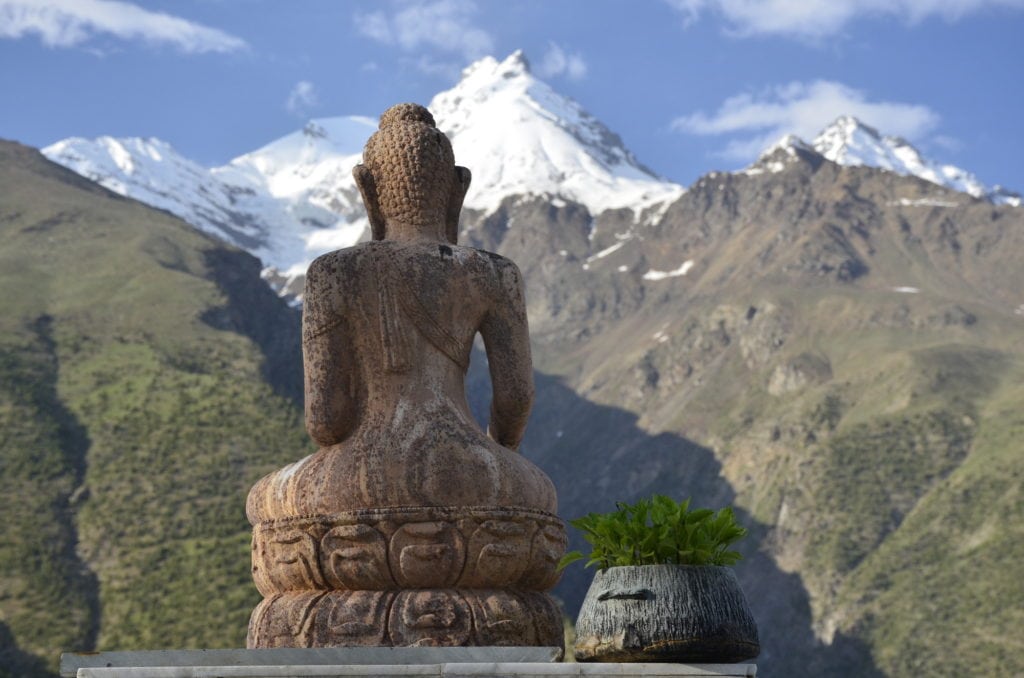
Philosophy at a glance, Kardang
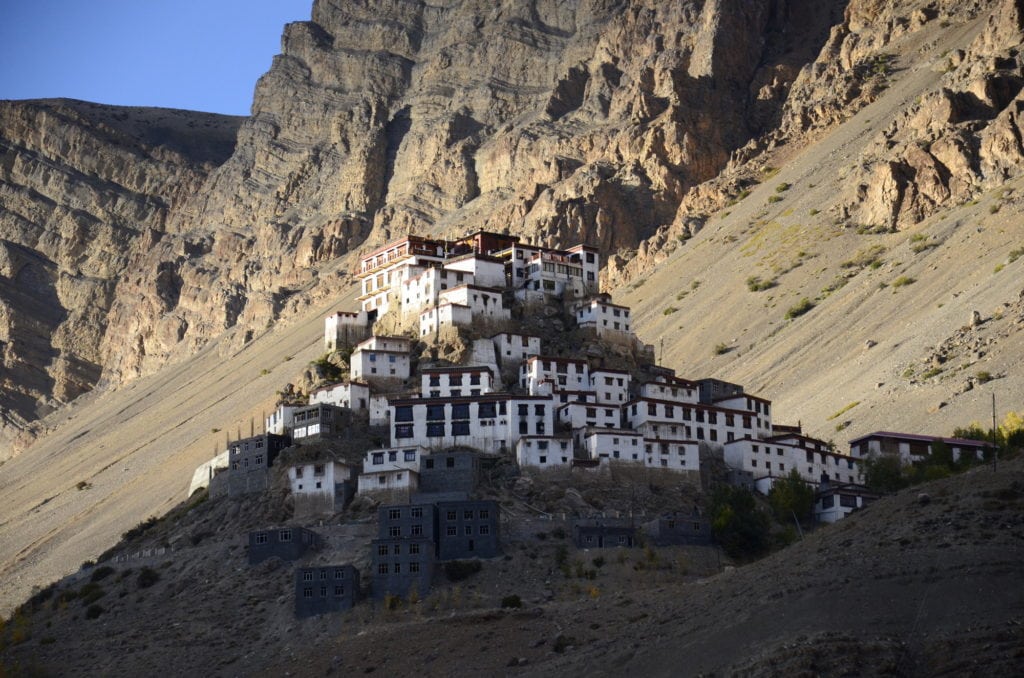
The pleasure of doing nothing at Ki
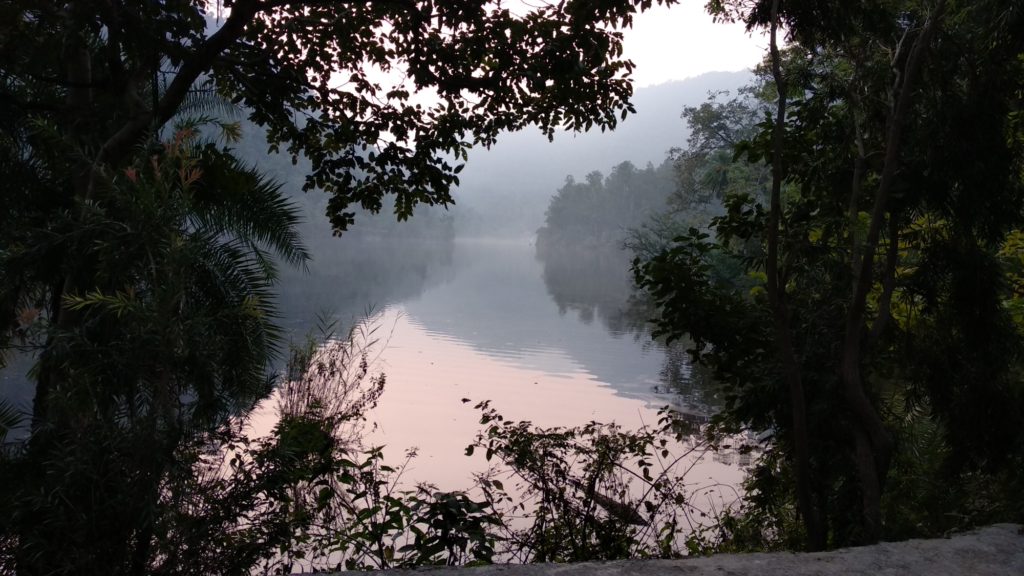
Lake placid at Renukaji

Everyday life at Kali Bhari, Shimla
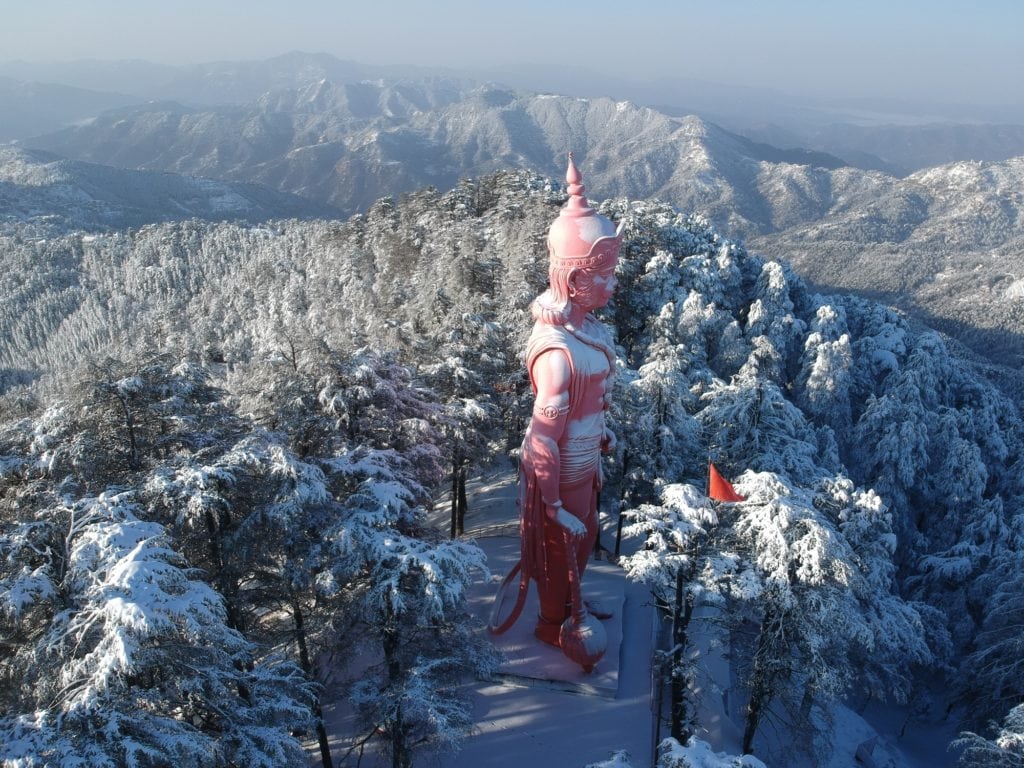
Hanumanji at hilltop, Shimla

Hatkoti, on its own
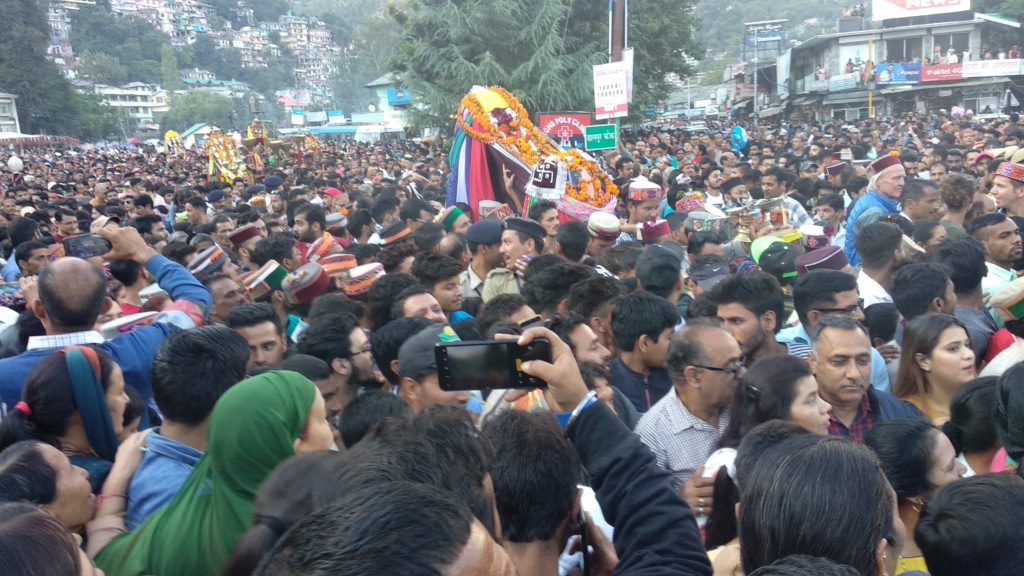
When the whole town is a temple, Kullu Dussehrah
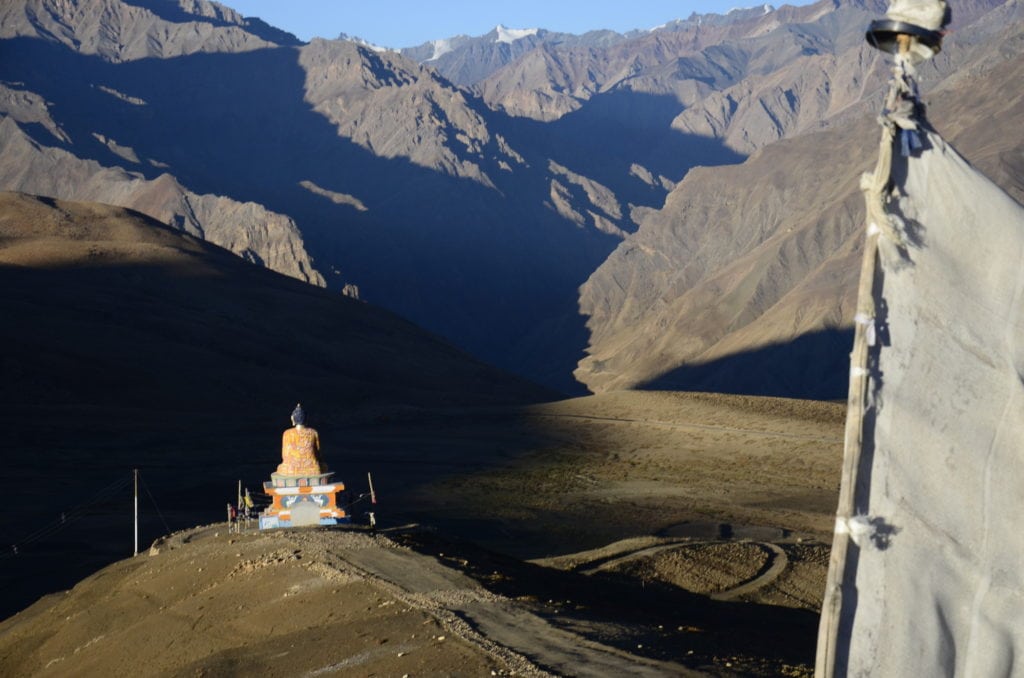
The perspective of Buddha, Langza
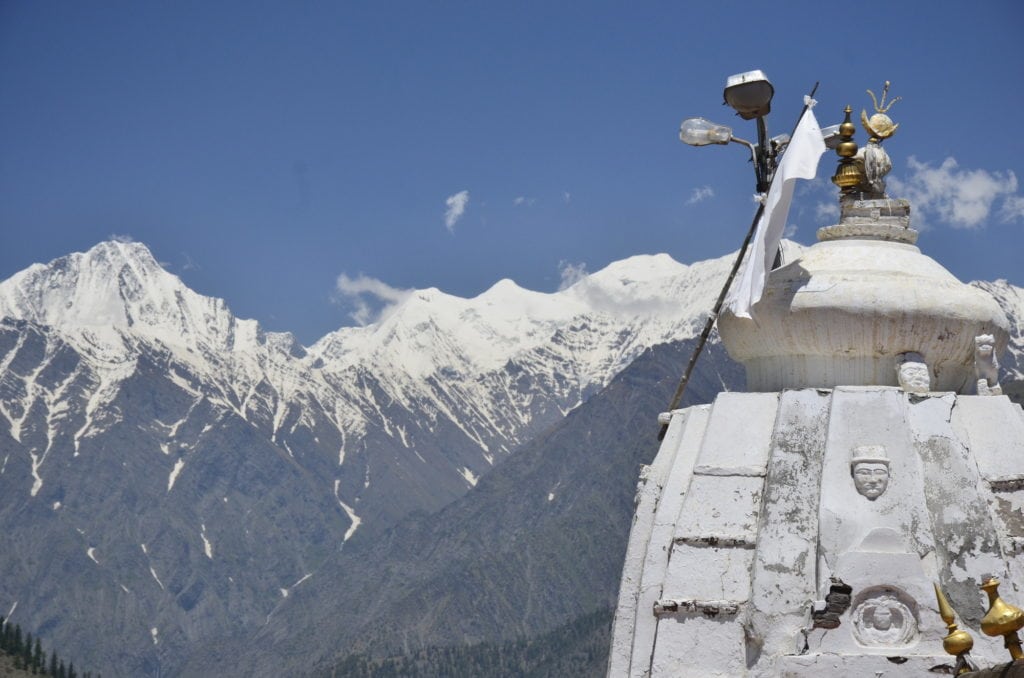
Harmony lived each day, Triloknath
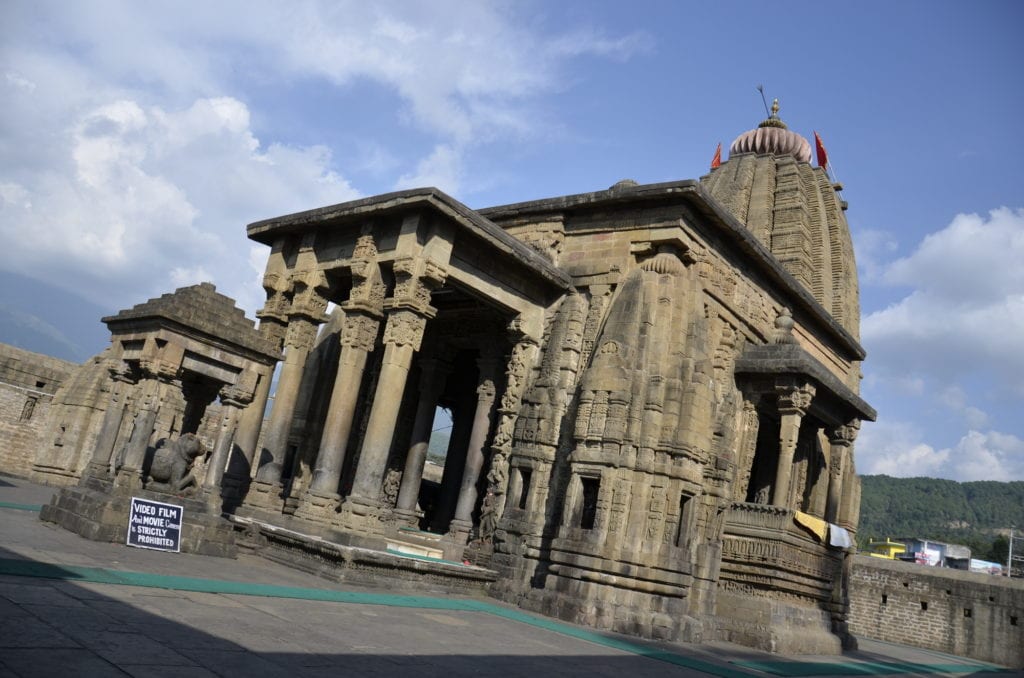
Perfect setting for the soul. Baijnath
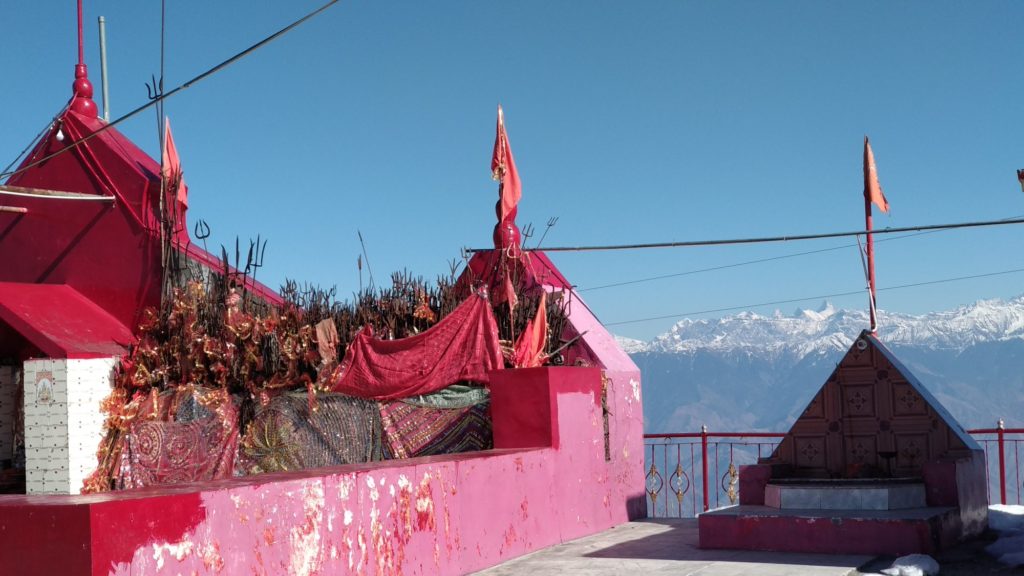
Mataji, Mountains and Maggi, Dainkund
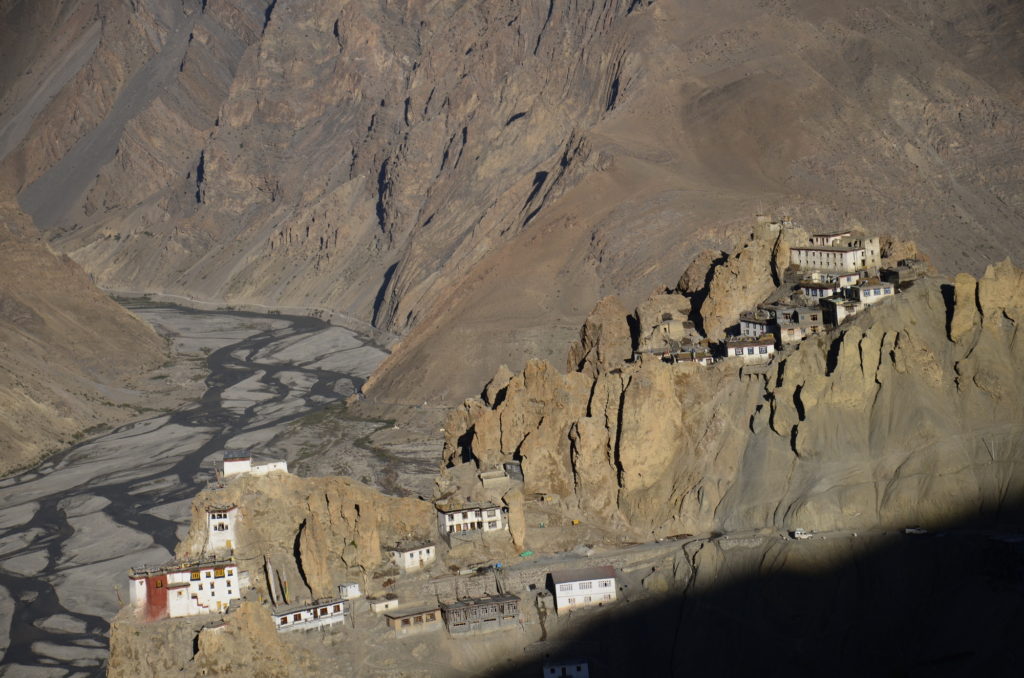
Coming out of Mud, Dhankar
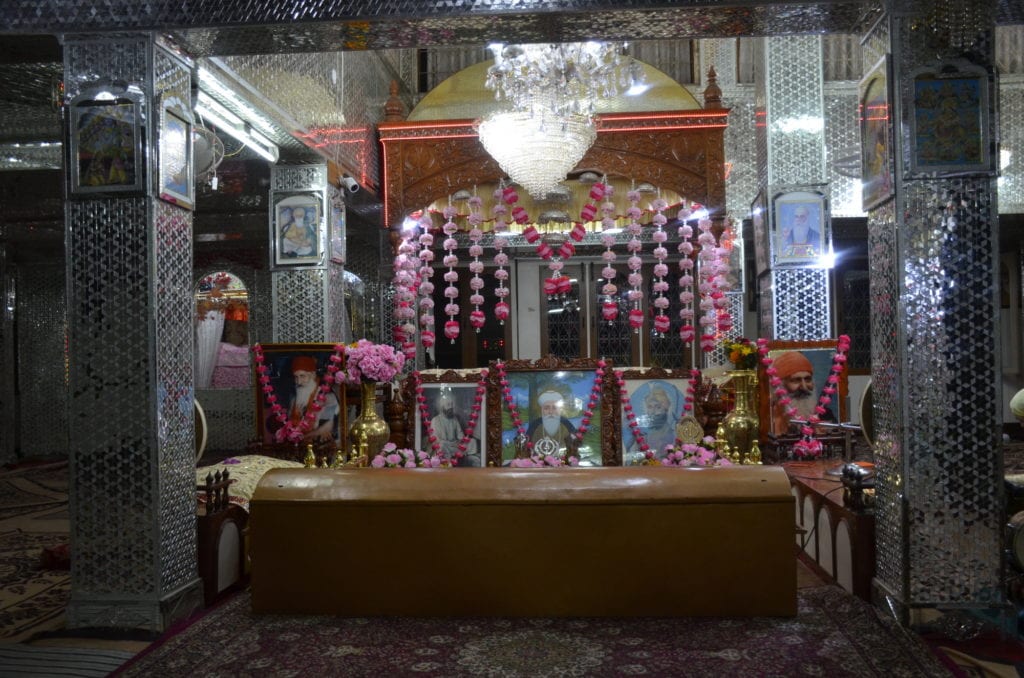
Variety of Manikiran
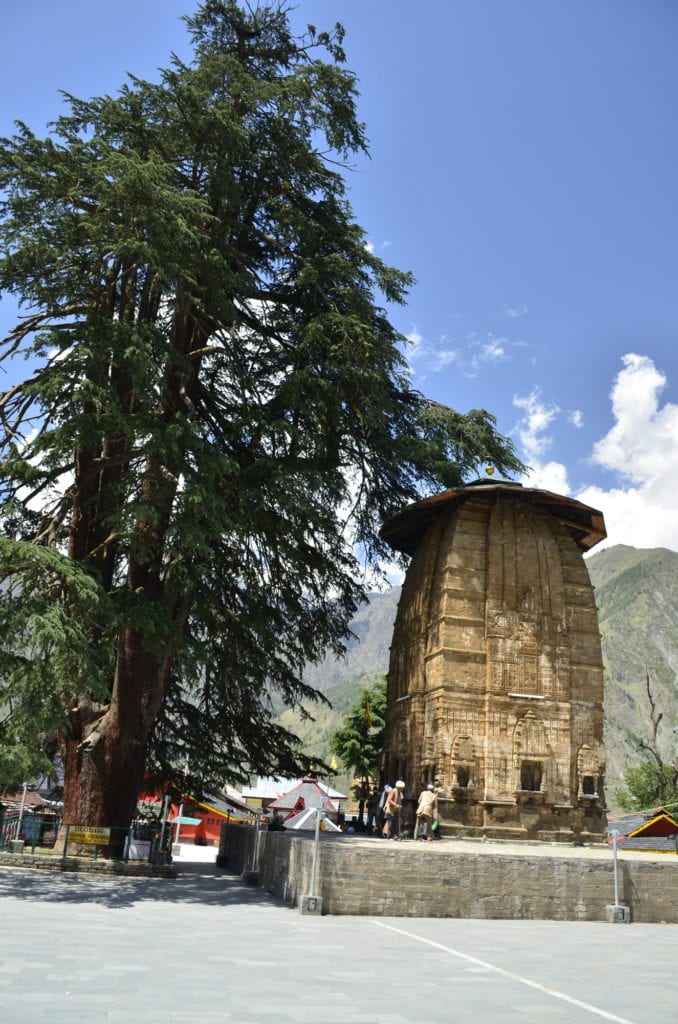
Land’s end at Bharmour

One of her kind, Bhimkali at Sarahan
Most temples in Himachal are small. That is the burden of the terrain. There are a few exceptions. Sarahan is one. It is on the Sutlej valley, just before the famous Kinnaur district. Once the road from Shimla drops down to the Sutlej valley, the drive is magical. It hugs the river for the entire stretch until it reaches a place called Jeori. A branch road climbs up to Sarahan. A paramilitary camp is on the way to Sarahan. I was about to cross the camp on a bike, and was waved down. I was a bit tentative, it was a hired bike and I didn’t know what to expect. Then the soldier offered me tea. The camp serves tea to everyone who passes by. He was chatty, but giving zero details of what was the camp about; and there are strict warnings of no photographs. High up on the hills, about 800 meters above the river valley is Sarahan. It has the Bhimkali temple, one of the Shakti Peeths in India. It also has a fearsome reputation of human sacrifice until 17th century, but these stories can be mere legends. It is a really large temple in the mountains. A beautiful mix of stone, wood and slate, it both stands out and blends into the landscape. A lovely perimeter, small shrines and two tall towers. The deities are at different levels. There is also a small guest house within the temple that is open to public. Sarahan is also a beautiful hill country. There are endless small roads around Sarahan, leading to no place in particular. There is also a pointless manmade park amidst all the natural beauty, made maybe because there was a budget for doing something. I went to Sarahan in August, when the whole region is covered by clouds and mist. Anywhere around Sarahan is a great visual treat. Visibility beyond a hundred feet was just a pale haze. Every now and then the mist would clear a bit and I could a bit more of the hills. Towards evening, it settled rapidly; and the Sutlej river lifted itself into view appearing out of the mist. It was also apple harvest season. Anywhere you walk, you can stretch your hand and pick an apple. If you are lazy, you can also help yourself from crates of plucked apples left on the road; trucks would come at their own schedule to pick them up. For some reason, I had carried Rain, the first book written by my friend Sriram. I finished the book while I was in Sarahan. The monsoon, the solo trip, and the general forlorn character of Sarahan was a beautiful complement to the theme of the book. If you have two days around Shimla, visit Sarahan; and if you can spare three hours for great prose, read Rain by Sriram; preferably together.Bhimkali temple at Sarahan
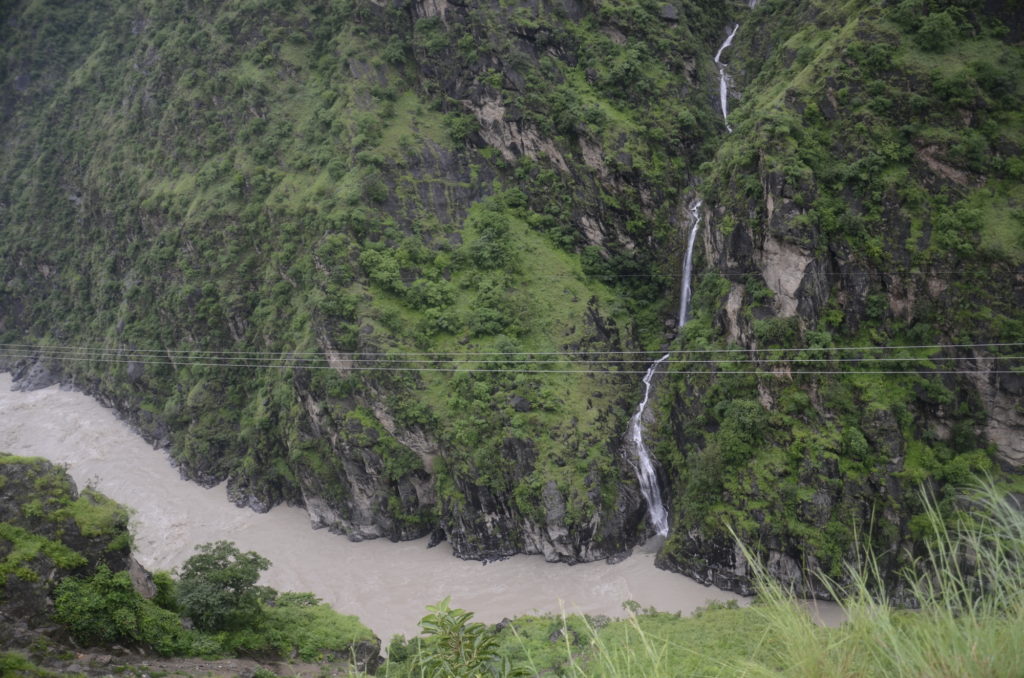
Sutlej valley
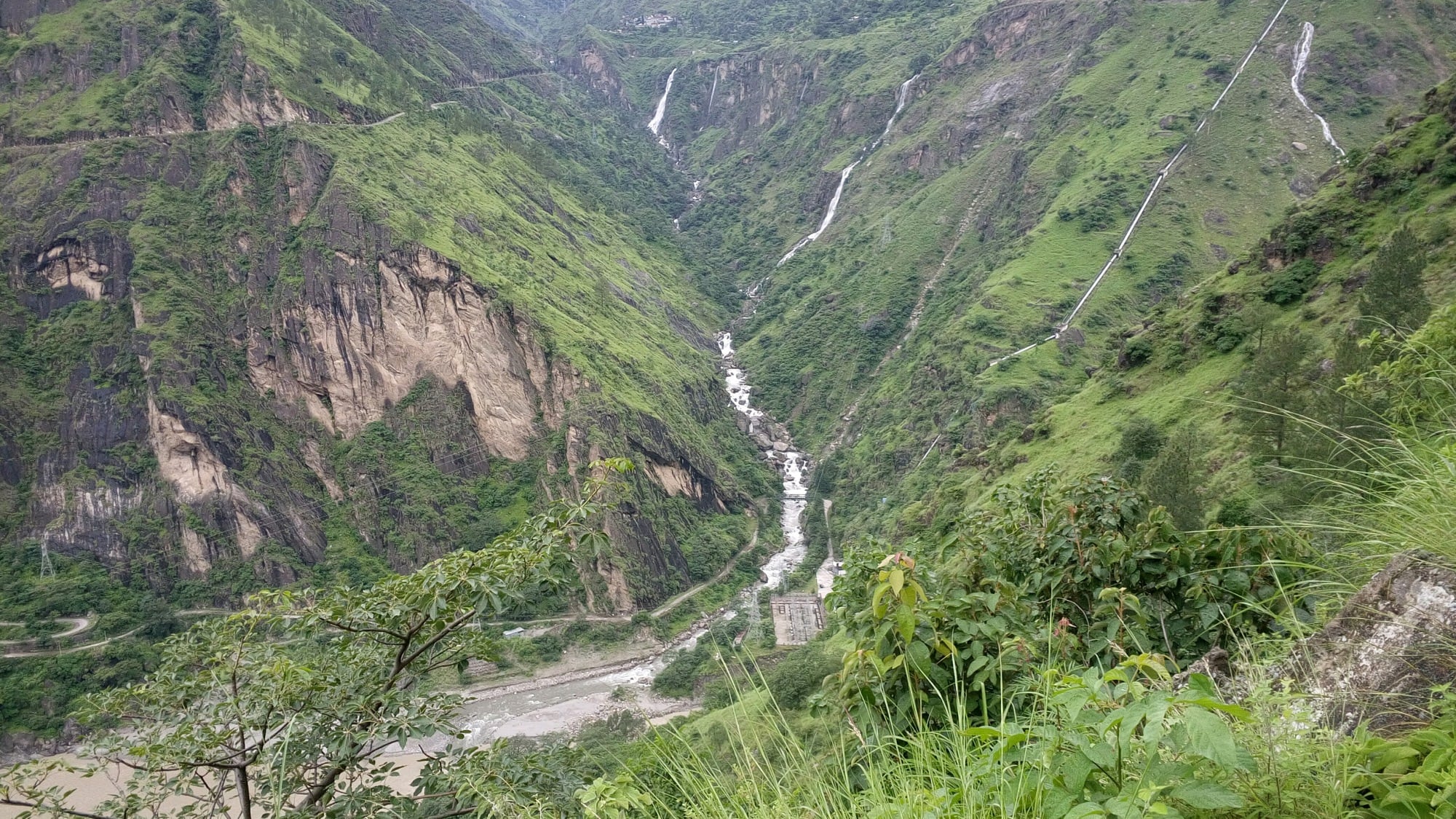
Sutlej valley around Sarahan
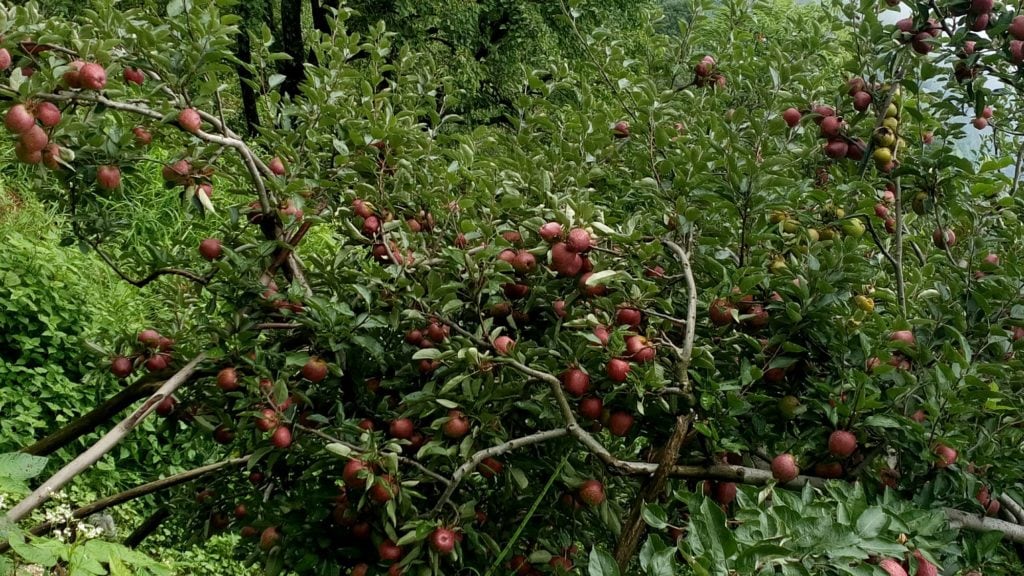
Sarahan is apple country, just short of Kinnaur
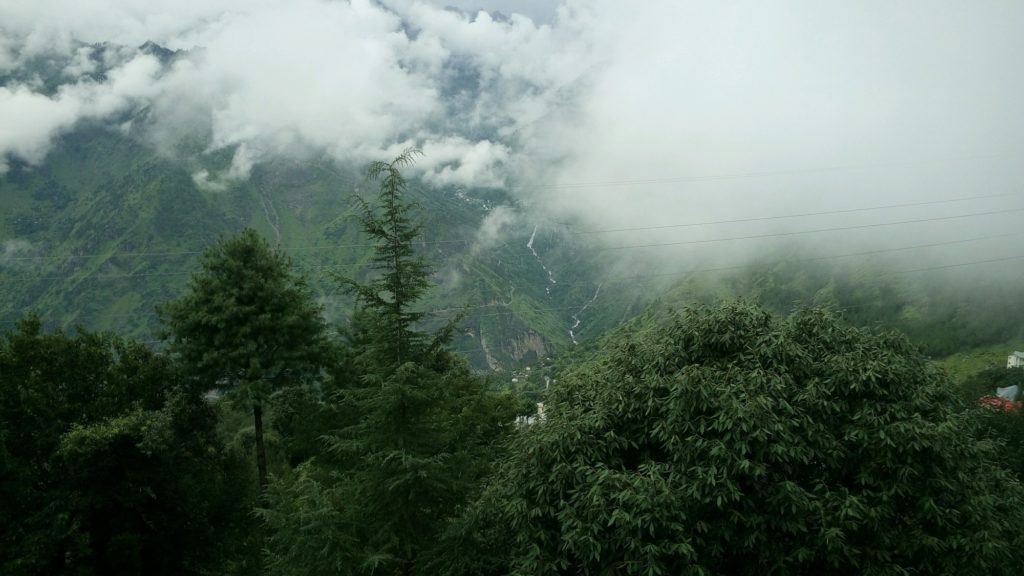
Monsoon in Mountains of Sarahan
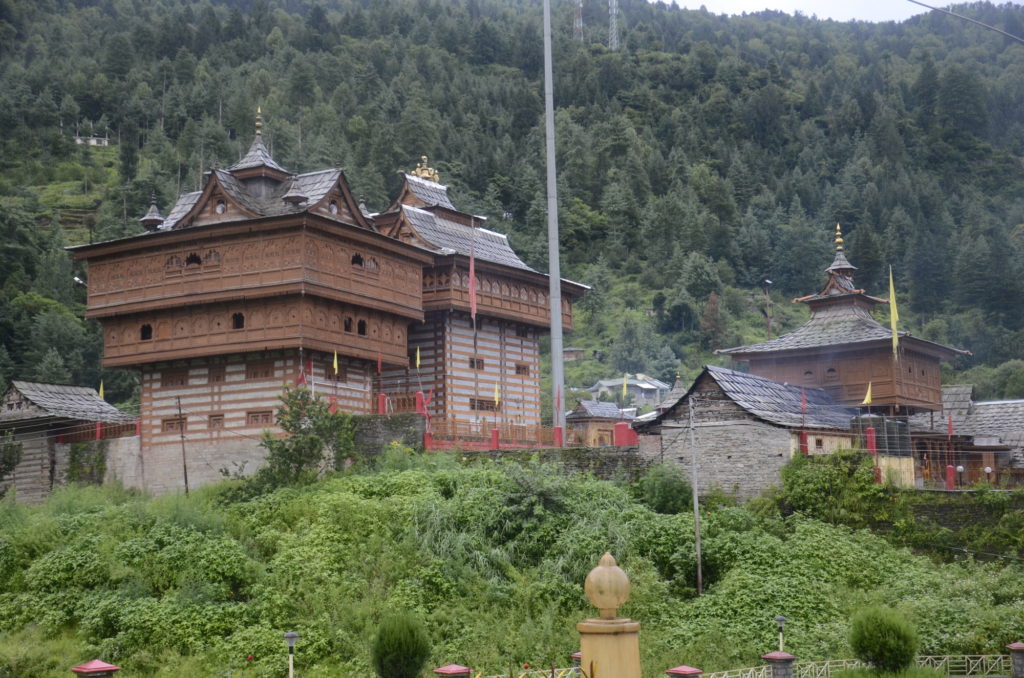
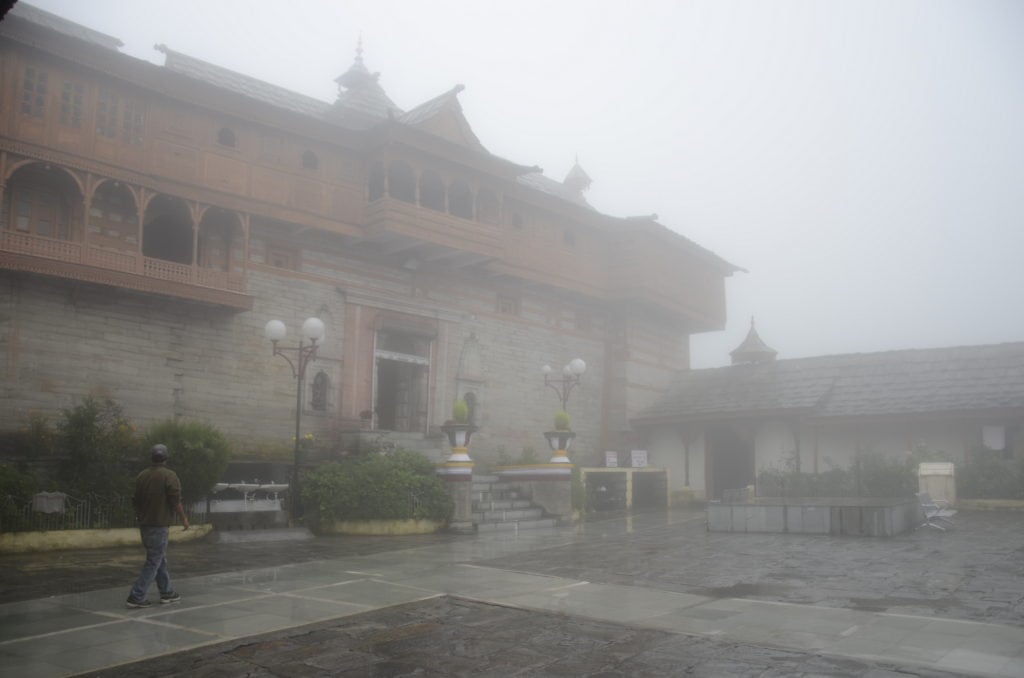
The August mist at Sarahan
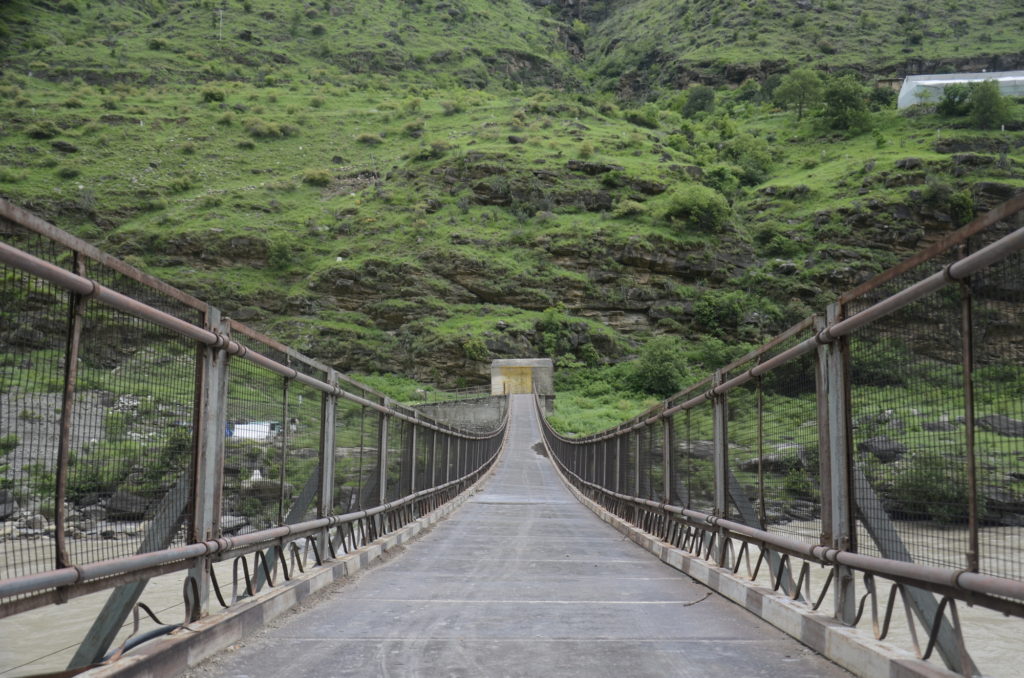
Infiniti suspension bridge across Sutlej

Lake placid at Renukaji
Renukaji, Temples of Himachal …2.
Renukaji is one of the quietest lake fronts in India and on Christmas holiday in 2017, I could not spot more than a dozen overnighters. Strange, considering the reserve area is only three hours from Chandigarh.
Perhaps, because hotels are not allowed to set up shop, that makes the place less attractive, comfort wise. Hidden inside Sirmour district of Himachal, it remains aloof from the rest of the State in every aspect.
The birthplace of Parasurama, his mother is said to rise from the lake once a year, and a temple is dedicated to the same.
I reached Renukaji from Kalsi,a Buddhist edict and another interesting story, and travelled through roads that I would never be able to find again. I reached Renukaji only by evening. And while in the morning, the magical December mist had just begun to unfold, I had to leave.
Sometime again, Renukaji.
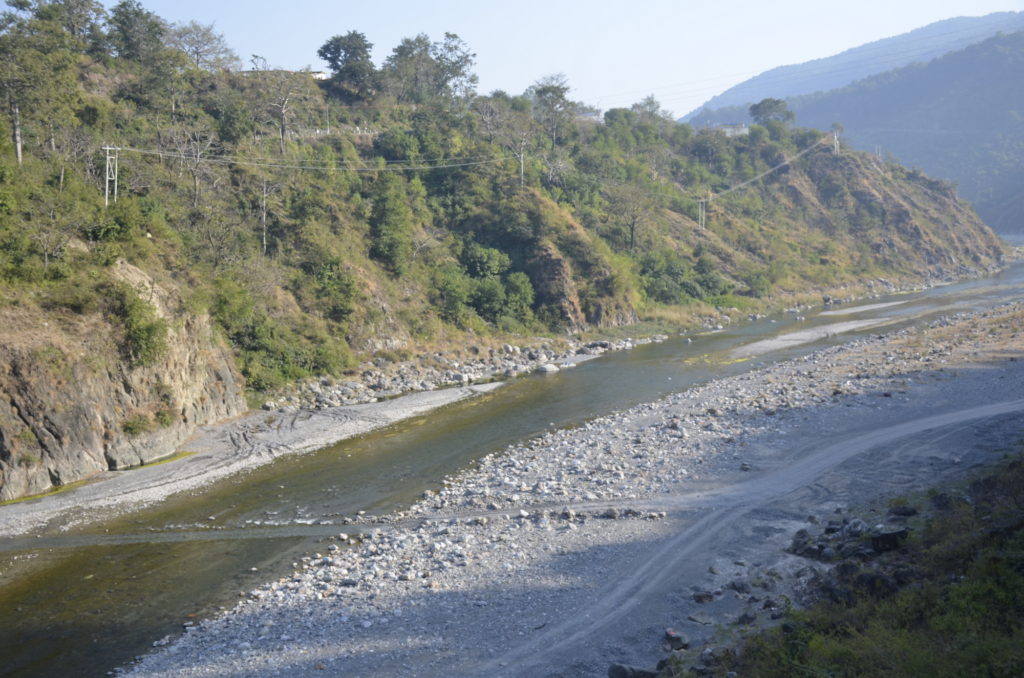
River Giri that joints Tons that joins Yamuna that Joins Ganga that merges with Bhramaputra
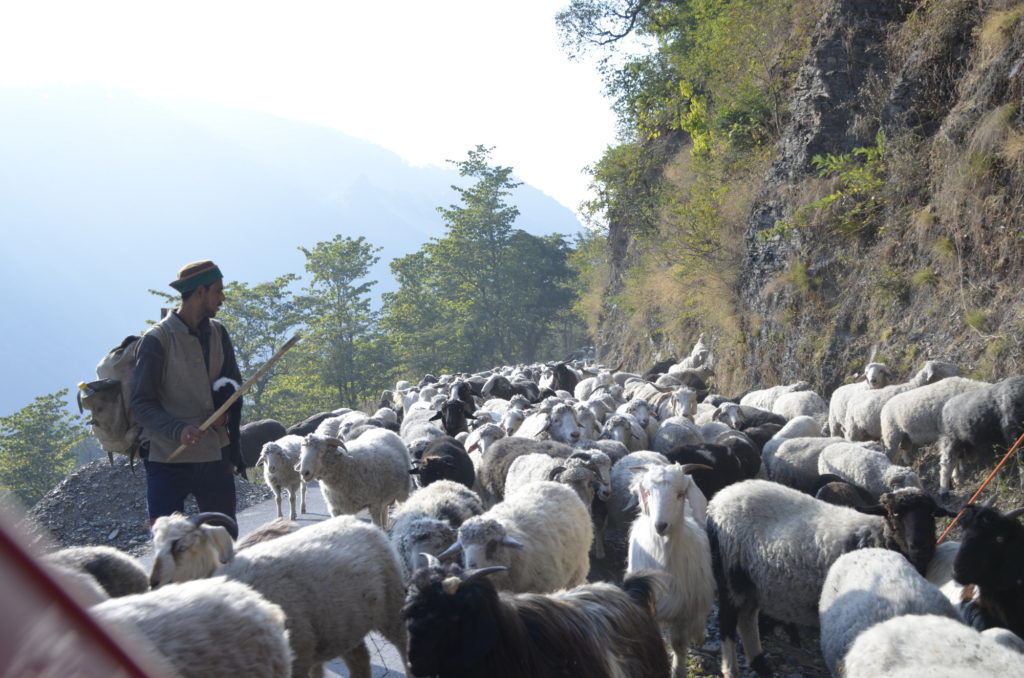
Sheperds on the way to Renukaji

Perfect setting for the soul. Baijnath
Baijnath, Temples of Himachal…16
Timeless, grand, picturesque, popular, clean and peaceful. Very few temples have the perfect mix that Baijnath has. It is the setting for the soul.
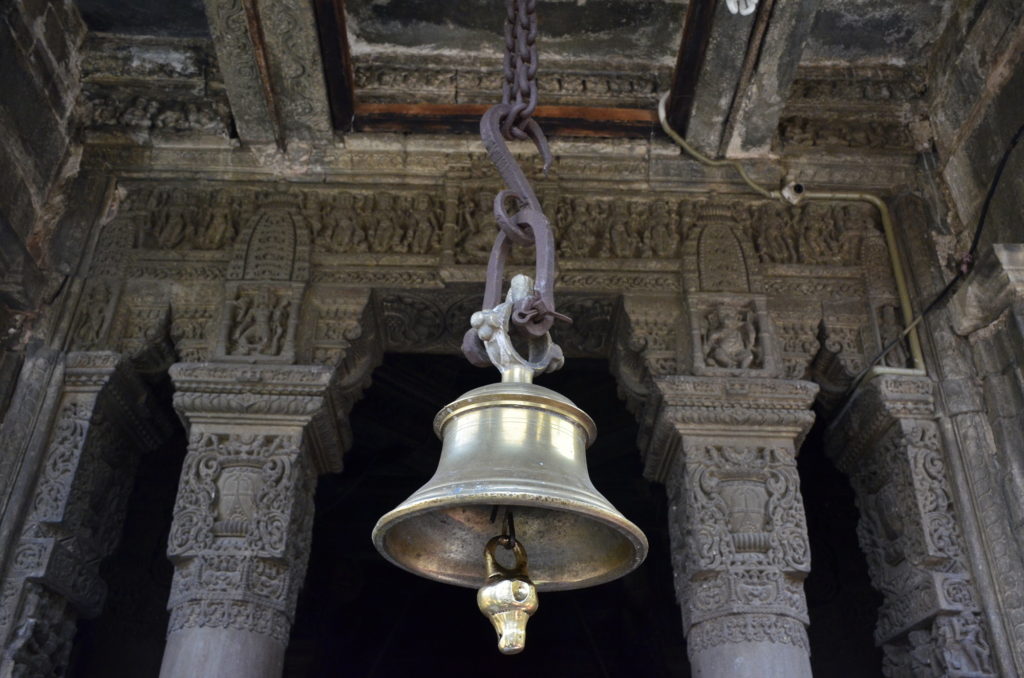
Timeless worship
It is perched 50 meters high from the undulating Palampur fields. The river Binduka cuts a shallow valley along the edge of the hills. The temple has a recorded and verified history of 800 years; and possibly a timeless one before that. Shiva is worshipped as the Lord of Physicians in Baijnath.
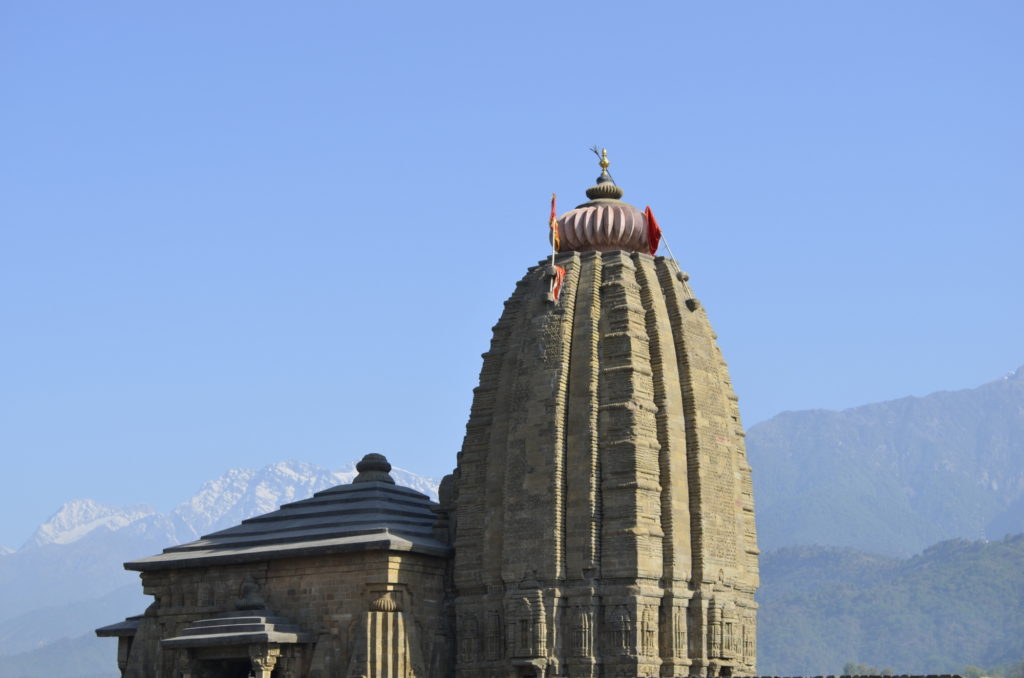
The temple is about fifty feet tall, very grand for this region. The architecture is impressive, with several elements of temple design integrated. Unlike most other temples of Himachal, it also has two balconies at the ground level.
The sculptures are a delight. They are richly carved; and the style and proportions of the sculptures are very uncommon. A standing Nandi and a slightly kneeling Ganpati are wonderful. A dash of hibiscus on the Ganpati; that sight alone captures the joy of idol worship.
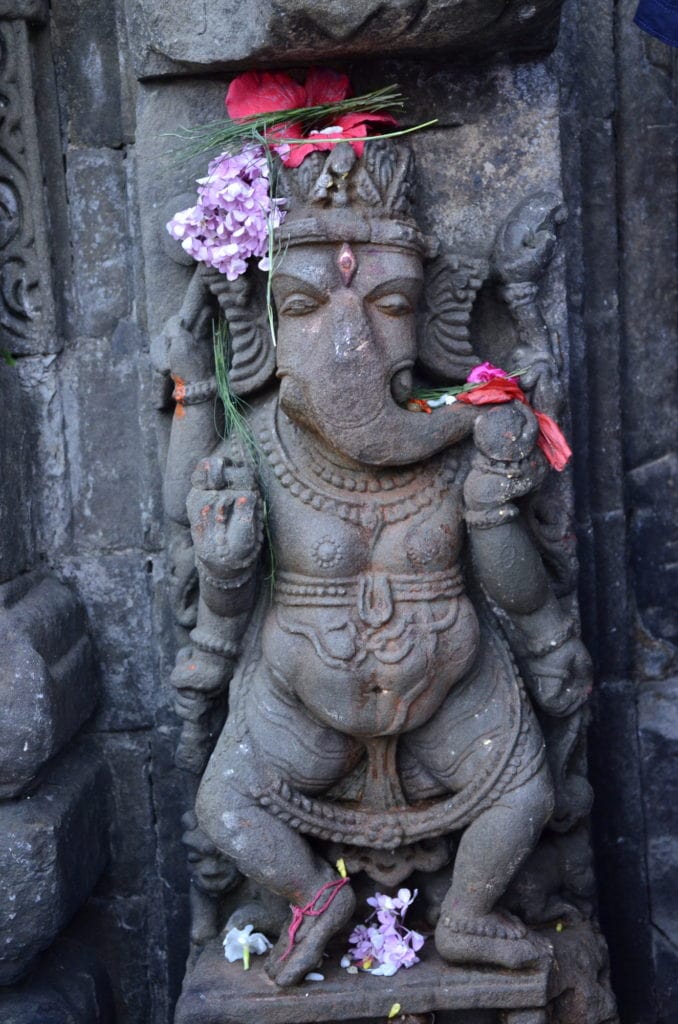
Idols, worshipped, adorned
It overlooks the entire Dauladhar range that rises from 500 odd meters to almost 5000 meters in a single vertical span. In between is the shallow valley with a gently flowing Binduka. There are only a few temples that can match the setting, like Kedarnath, Mahabalipuram, Tiruchendur, Somnath..
It is maintained by ASI, so there is a nice clear grassy perimeter; and photographs are allowed. The temple excels in cleanliness even for Himachal standards. The calm of the temple is incredible even though it is on the highway.
For a complete temple experience, Baijnath is one of the places to head to.
I first went to Baijnath in Himachal with my in 2013. I have been there twice since then, once for gratitude and the second time with son; and there will be more times.
The region around has so much to offer; the grand paragliding experience at Bir, the tea estates (overrated) of Palampur, the calm of Kanbari ashram, and the temple stretches of Chamunda and Kangra. It is an endless list.
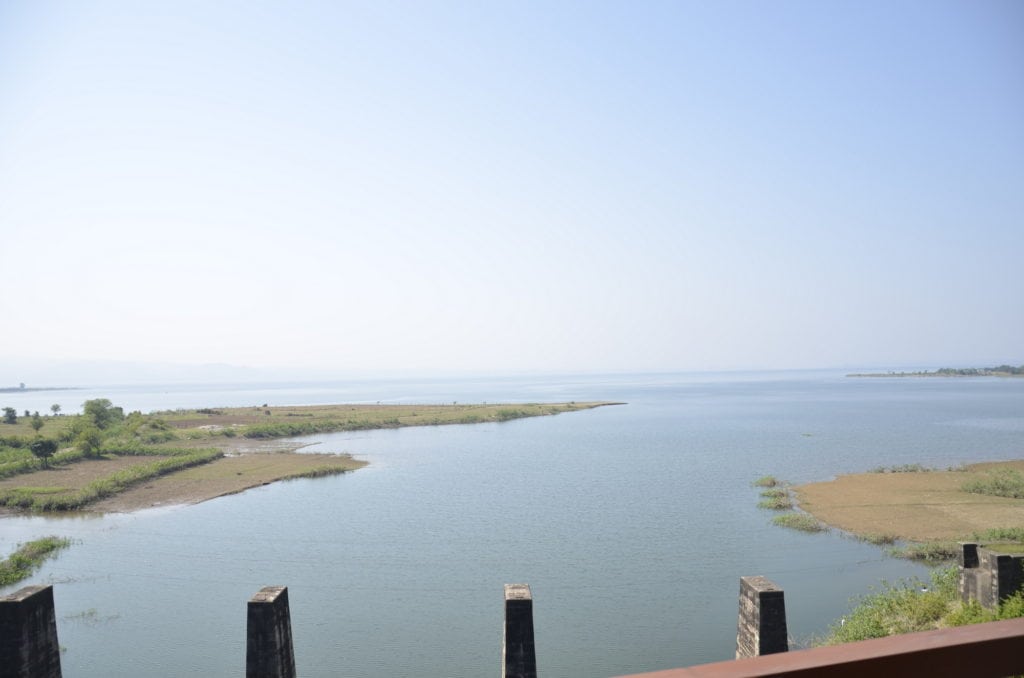
Along the poong dam 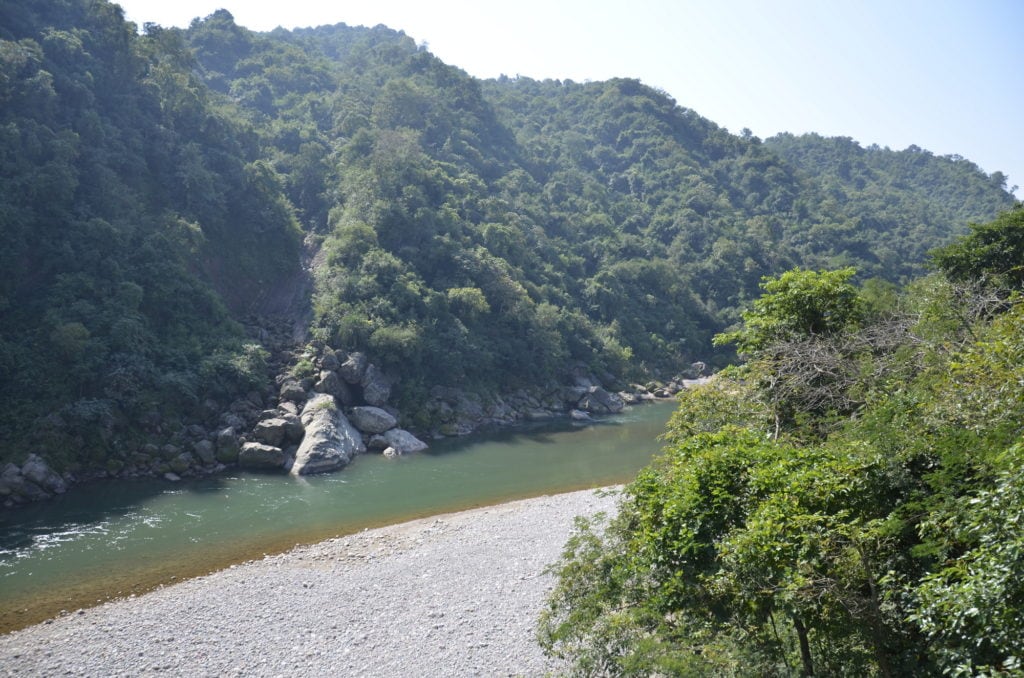
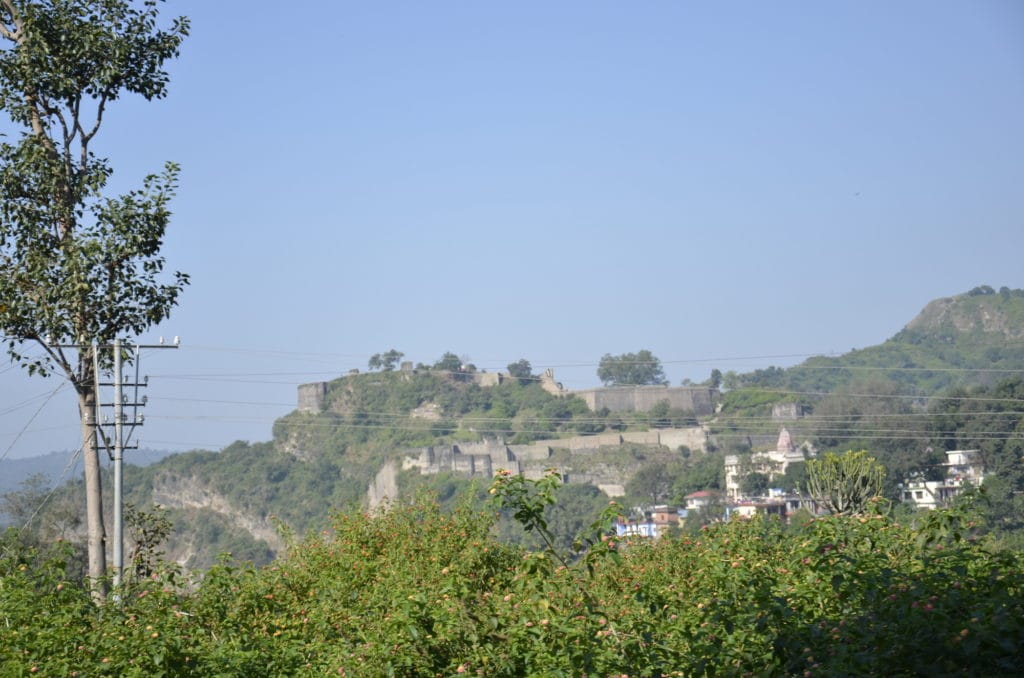

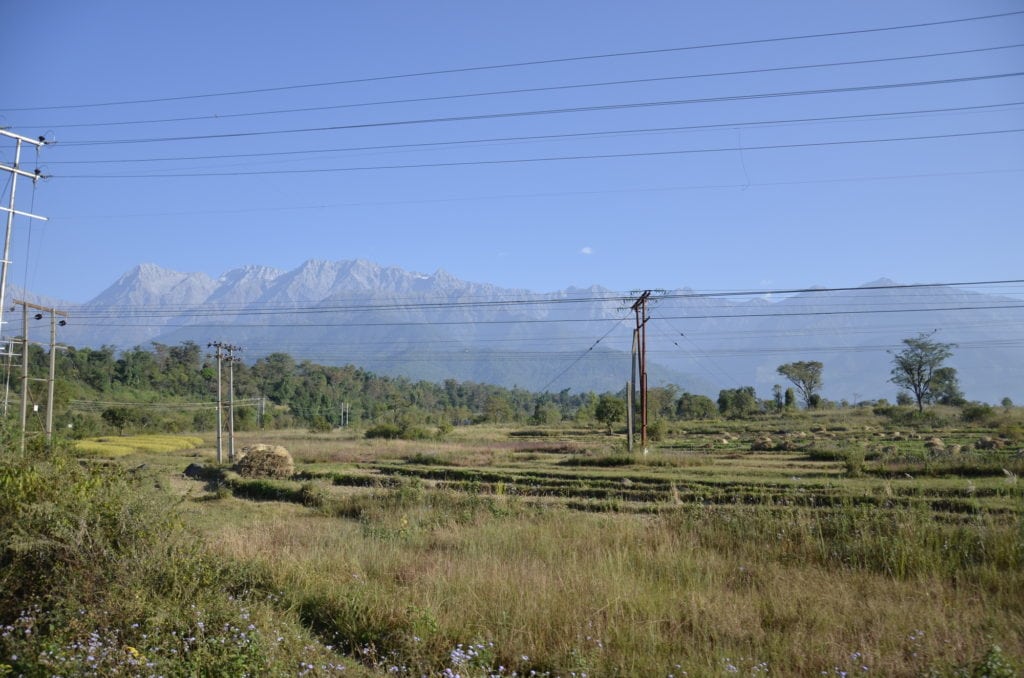
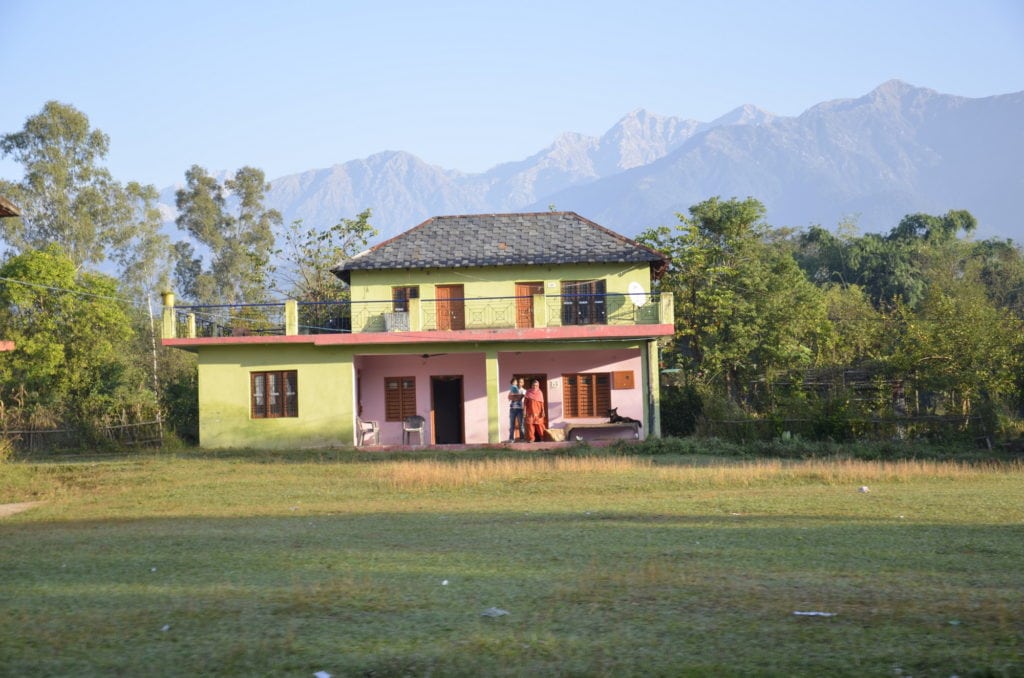
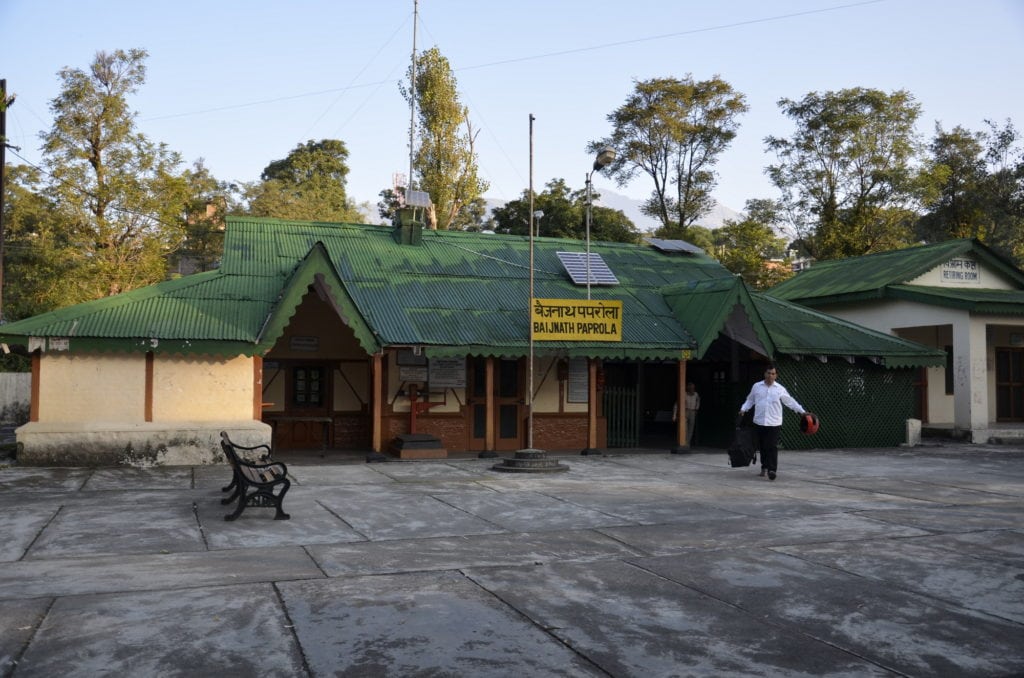
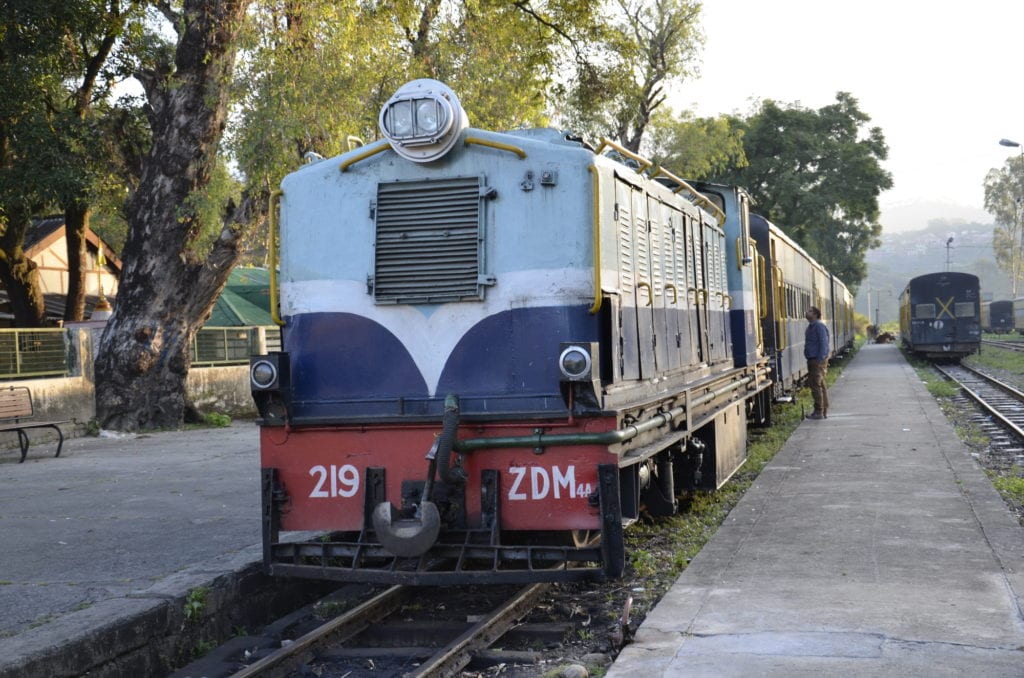
The Toy Train itself 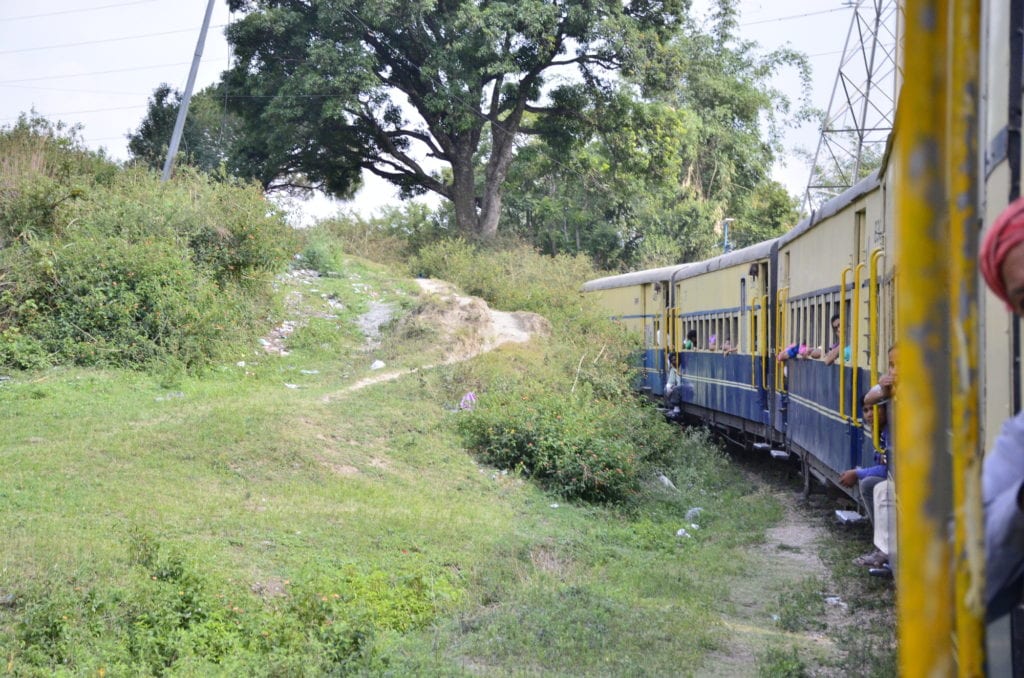
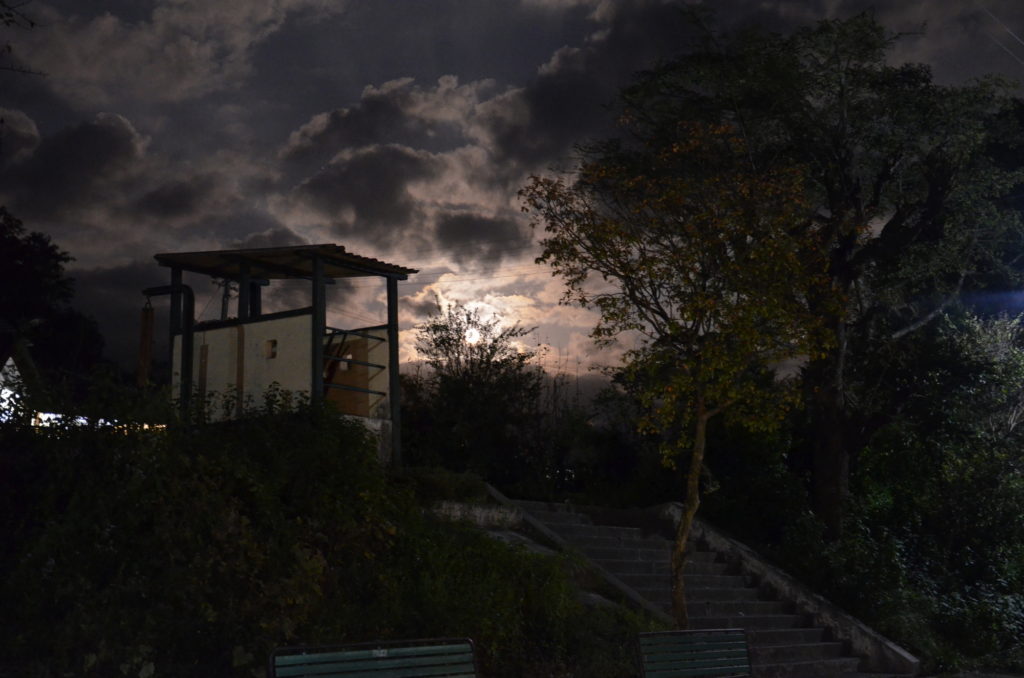
Joginder Naar with moonlight
Then the incredible views of Dhauladhar hills from Andretta. Then there is the Barot valley and its funicular which I hope to see one day. The piece de resistance is the toy train that runs from Joginder Nagar to Pathankot. The train travels through unparalleled (and totally underrated) variety of landscapes overlooking lakes, rivers, gorges, snowclad mountains. It is actually a train that transports, without the touristy character of other hill trains.
If you have a chance to spend two or more days out of Delhi, head to Baijnath region. Gaggal airport of Dharamshala is 50 kms from Baijnath.
A short beautiful drive through tea gardens; and then you are at the perfect setting for your soul.
